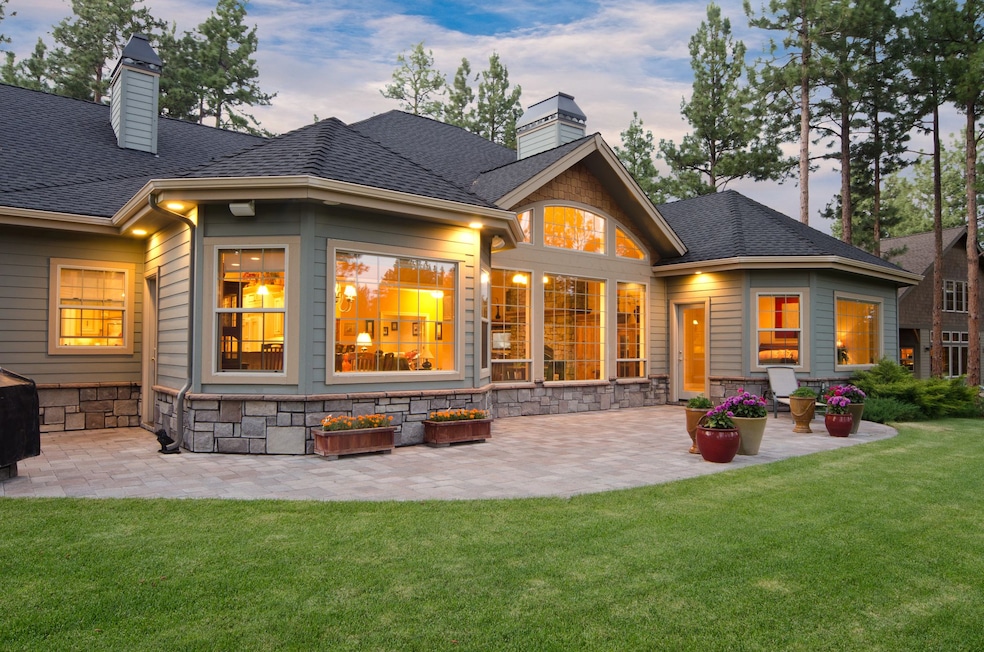Insurance costs reach all-time high
Insurance now makes up 9% of a homeowner’s total housing payment, according to Cotality, the property data firm formerly known as CoreLogic.
Chief Data and Analytics Officer John Rogers spoke this month at ResiDay, a real estate conference presented by research and news publication ResiClub, noting that 9% share is the highest on record.
And because it’s an average percentage, that means some areas have seen higher increases in insurance costs. Cotality data showed the average annual increase in homeowner insurance premiums jumped to 14% in 2023 and 2024, prior to coming down to 10% in 2025.
Looking to the next few years, the Cotality projects homeowner insurance premiums will increase by 8% through 2027.
Rogers pointed out that 12% of the country’s housing stock is considered at “high risk to a hazard or peril” such as natural disasters. He estimated that the reconstruction costs for rebuilding those homes would be $4.3 trillion.
Electricity bills jump 11%
A report by The Washington Post and the National Energy Assistance Directors Association found the average cost of electricity has increased by 11% since January, resulting in more homeowners facing power shutoffs.
In Pennsylvania, shutoffs grew by 21% in 2025 while electricity bills climbed 13% year over year, the report said. In Missouri, costs increased by 37%. New Jersey posted a 24% jump. Some states, including Nevada, on the other hand, have seen decreases in costs.
A Washington Post survey in October indicated that six in 10 Americans spent more on utilities than a year ago.
As of June, about 14 million Americans had their utility debt sent to collections, with an average overdue balance of $789, a 32% increase since 2022, according to the report.
More renters stay put
More renters are staying in their apartments as barriers to homeownership increase.
Renewals of apartment leases have hit 55%, above the long-term average of about 49%, according to the commercial real estate firm Marcus & Millichap.
The trend comes at a time when home prices have increased by 40% between 2020 and 2022, and interest rates have lingered around 6% after they hopped between 3.5% and 5% from 2011 to 2020.
Marcus & Millichap noted that mortgage giant Freddie Mac estimates only 28% of households could qualify for a mortgage on a median-priced home. The typical mortgage payment on a median-priced home is $1,200 higher per month than the average apartment rent, Marcus & Millichap said.

